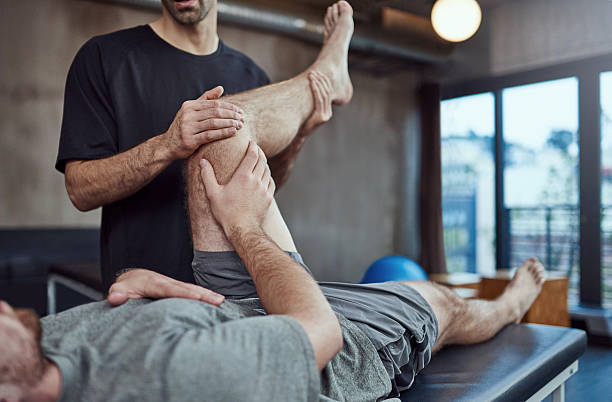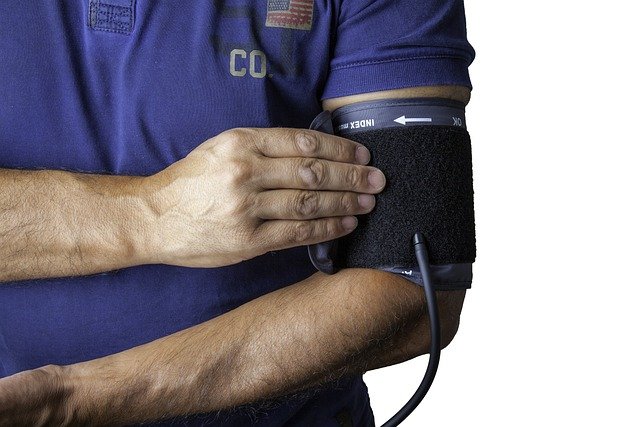Rehabilitation approaches to rebuild strength around the foot arch
Rebuilding strength around the foot arch supports long-term mobility and can reduce heel pain linked to overuse. This article outlines practical rehabilitation steps, from targeted exercises and stretching to footwear adjustments and professional care, aimed at improving stability and easing recovery.

Rehabilitation that targets the foot arch focuses on restoring structural support, reducing pain, and improving day-to-day function. A comprehensive approach combines targeted exercises, graded loading, movement retraining, and strategies to limit inflammation while promoting recovery. Attention to heel mechanics, footwear and walking patterns can accelerate gains in mobility and reduce the risk of recurrence. A staged program helps protect healing tissues while progressively rebuilding strength and endurance around the arch.
This article is for informational purposes only and should not be considered medical advice. Please consult a qualified healthcare professional for personalized guidance and treatment.
How does heel and arch anatomy affect recovery?
The heel and arch form a linked system: the heel absorbs impact while the arch manages load distribution and propulsion. Weak intrinsic foot muscles or a collapsed arch increase tension across connective tissues and can lengthen recovery time. In rehab, assessing arch height, heel alignment and pain triggers helps tailor exercises and offloading strategies. Simple observations of standing posture and walking often reveal compensations; addressing these through progressive strengthening and mobility work supports more efficient load transfer and lessens persistent irritation around the heel and plantar tissues.
When are orthotics or insoles useful?
Orthotics and insoles can provide temporary support to the arch, redistribute pressure under the heel, and reduce strain during the early stages of recovery. Custom orthotics prescribed by a podiatrist suit more complex or persistent issues, while over-the-counter insoles can offer short-term cushioning and arch support for everyday footwear. The goal of orthotic use in rehab is usually symptom control and protection while intrinsic muscles strengthen. Providers often recommend a gradual wean from orthotics as active control and proprioception improve, rather than permanent dependence.
What stretching and exercises support the arch?
A targeted exercise plan balances stretching and strengthening. Calf and plantar fascia stretches help manage tightness that increases heel strain, while toe curls, towel scrunches, and short-foot exercises activate intrinsic arch muscles. Progressive loading exercises—such as heel raises, single-leg balance drills, and controlled step-downs—build tendon and muscle tolerance. Aim for consistent, pain-monitored sessions and gradual increases in intensity. Integrating mobility work, like ankle dorsiflexion drills, helps maintain efficient mechanics during gait and reduces compensatory patterns that stress the arch.
How does physiotherapy and rehab improve mobility?
Physiotherapy combines manual techniques, exercise prescription, and movement retraining to restore function. A therapist can assess gait, prescribe graded strengthening and flexibility routines, and use modalities such as soft-tissue massage to address tightness or adhesions. Rehab emphasizes retraining walking patterns to reduce overloading of the heel and arch, improving ankle control and balance. Regular reassessment guides progression, ensuring exercises match healing phases and that mobility gains translate into daily activities and sport-specific movements.
What role do footwear and gait adjustments play?
Appropriate footwear supports rehab by offering stable soles, adequate cushioning under the heel, and sensible arch support. Shoes with a firm heel counter and a moderate sole offset can reduce excessive motion that aggravates the arch. Altering gait—shortening stride, adjusting cadence, or emphasizing midfoot contact—can reduce peak loads on the heel during early recovery. Footwear changes should be practical for daily life; clinicians often recommend testing adjustments in short sessions before committing to long-term changes. Transitioning gradually prevents new issues from emerging.
How can podiatry, massage and inflammation management aid recovery?
Podiatry assessment helps identify structural or biomechanical contributors requiring targeted intervention. Manual therapies such as massage or instrument-assisted soft-tissue work can ease local tightness and promote blood flow, aiding recovery. Short-term anti-inflammatory strategies—rest periods, ice, or clinician-guided medications—may be used to control pain during the acute phase, but long-term rehab focuses on load management and strengthening rather than continuous reliance on anti-inflammatories. If symptoms persist, consult local services or a specialist to explore options including tailored orthotics or advanced interventions.
Conclusion Rebuilding strength around the foot arch is a staged process that combines symptom management, targeted strengthening, flexibility work, gait and footwear adjustments, and professional input when needed. Consistent, progressive rehab that respects pain signals and gradually increases load typically leads to improved arch support, reduced heel symptoms, and better overall mobility. Monitoring progress and modifying the plan based on response helps maintain gains and lowers the chance of relapse.






